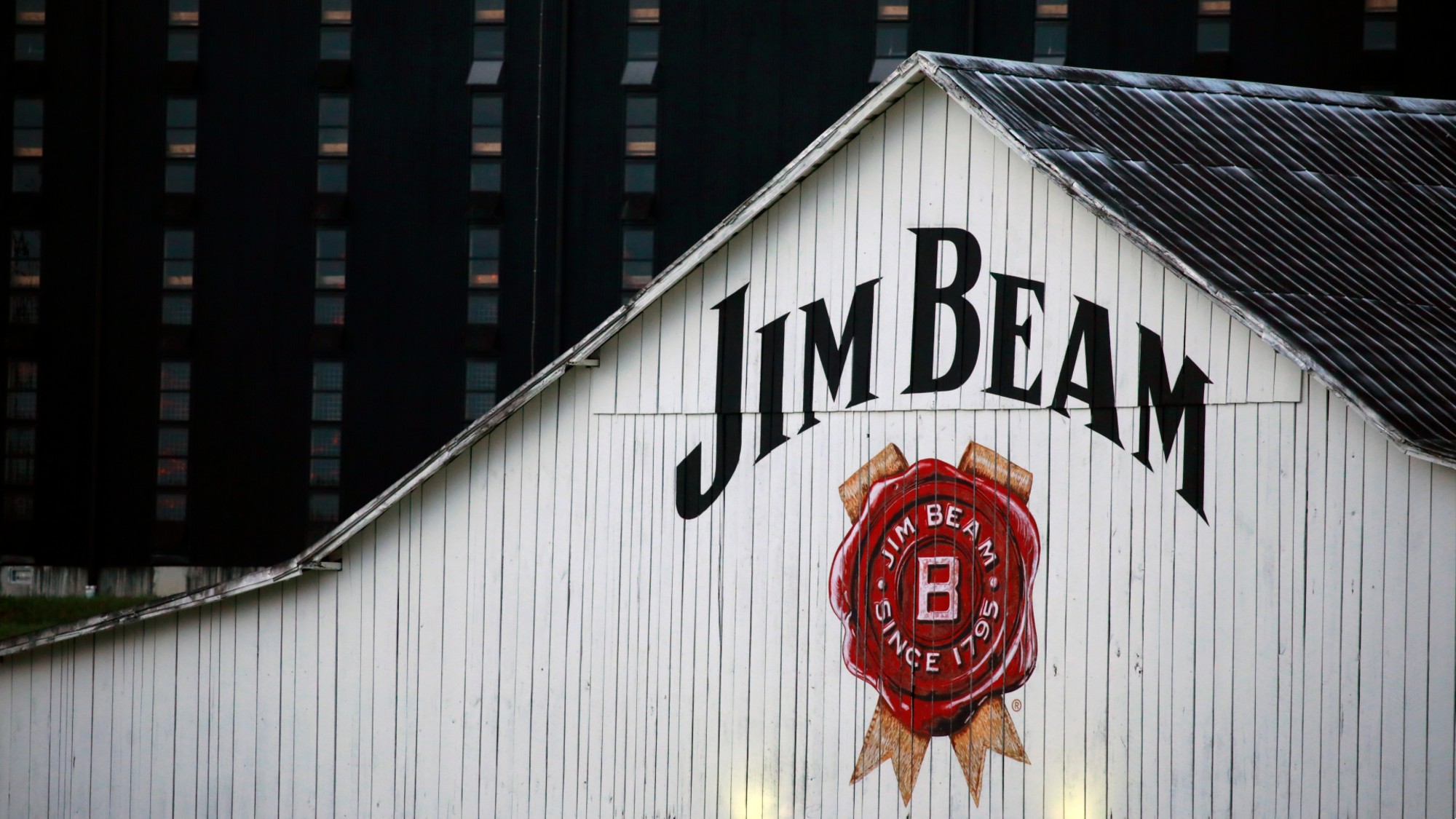Exhibit of the week: Whitney Biennial 2014
The latest Whitney Biennial succeeds on at least one level— it feels like an honest and accurate reflection of the state of contemporary art.
Whitney Museum of American Art, New York City
Through May 25
The latest Whitney Biennial succeeds on at least one level, said Andrew Russeth in GalleristNY.com. Though “deeply dissatisfying” as event shows go, it feels like an honest and accurate reflection of the state of contemporary art—a world “deeply riven, between money and the museum, pop culture and the underground.” No single fresh new movement seizes a visitor’s attention at this last appearance of the Biennial at the Whitney’s storied midtown location. Instead, we get three shows on three floors, each pulled together by a different curator. The cumulative effect isn’t a disaster: The show delivers “some remarkable pleasures.” But it also “pulls you in dozens of different directions, plenty of which are dead ends.” The quality of the work varies wildly, and “too much is frighteningly adrift.”
The Week
Escape your echo chamber. Get the facts behind the news, plus analysis from multiple perspectives.

Sign up for The Week's Free Newsletters
From our morning news briefing to a weekly Good News Newsletter, get the best of The Week delivered directly to your inbox.
From our morning news briefing to a weekly Good News Newsletter, get the best of The Week delivered directly to your inbox.
To get the most bang for your buck, “start on the fourth floor and spend most of your time there,” said Jerry Saltz in New York magazine. Visual pleasure clearly matters to curator-artist Michelle Grabner, so her “wildly overfilled” space is crammed with colorful paintings, sculptures, and similar objects. I was crazy about Dona Nelson’s two-sided paintings, and Sterling Ruby’s giant ashtray-like ceramic sculptures are “maybe my favorite objects in the show.” But the two lower floors are packed instead with bland work “that looks and behaves like it is supposed to look and behave but that doesn’t make us see differently.” There are space-wasting installations that incorporate video and architecture; there are also plenty of archive-like displays of notebooks and visual ephemera. “You’ll spend way too much time here reading long wall labels that explain what the work is supposed to be about.”
One of the better notebook displays “points to a major flaw” in the show, said Holland Cotter in The New York Times. They belonged to the late conceptual artist Allan Sekula (1951–2013), who filled them with marvelous cartoon-like watercolors. But Sekula was a political thinker—“one of the most incisive and underrated political artists America produced after World War II.” It does him a disservice to ignore his anti-elitist signature work and instead show him producing art that answers “the present market taste for cash-and-carry neatness,” for “craftsiness-as-quality and political content as a kind of flavor enhancer.” This Biennial gathers contributions from 103 artists in all, and some of the best art is also among its subtlest and quietest. Even so, “I left feeling pretty much the way I do when I leave an art fair, full but empty, tired of dessert, hungry for a sustained and sustaining meal.”
A free daily email with the biggest news stories of the day – and the best features from TheWeek.com
-
 Trump vs. states: Who gets to regulate AI?
Trump vs. states: Who gets to regulate AI?Feature Trump launched a task force to challenge state laws on artificial intelligence, but regulation of the technology is under unclear jurisdiction
-
 Decking the halls
Decking the hallsFeature Americans’ love of holiday decorations has turned Christmas from a humble affair to a sparkly spectacle.
-
 Whiskey tariffs cause major problems for American distillers
Whiskey tariffs cause major problems for American distillersIn the Spotlight Jim Beam is the latest brand to feel the pain